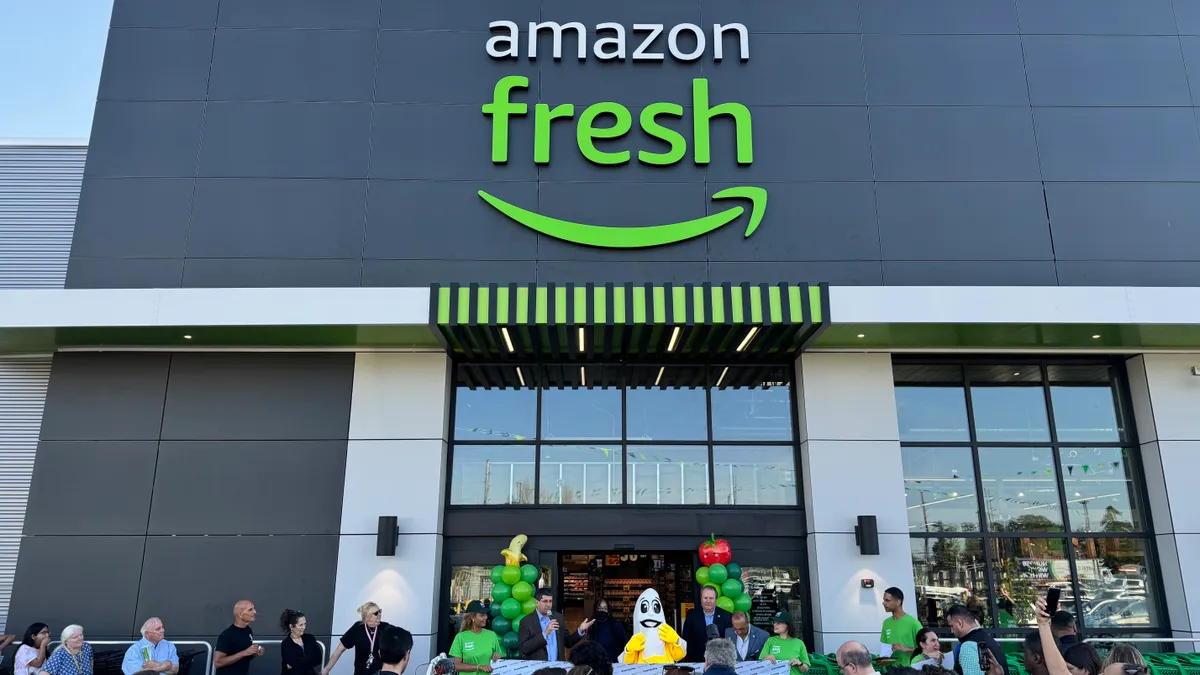AUSTIN — Frisco, Texas, is one of the fastest-growing cities in the U.S. Thirty-seven people move or are born there every day, so it's no surprise that the city's school district — its largest employer — is experiencing 10% employee growth every year.
At a recent new-hire event, Frisco Independent School District (FISD) welcomed 800 new teachers alone — and five have already submitted a leave request.
Luckily, FISD has a full-time leave administrator and absence management software they love. But it wasn't always that way. Just five years ago, things were falling through the cracks, staff told attendees at the 2018 Disability Management Employer Coalition's Annual conference Aug. 8.
Leave needs
FISD's benefits team took over leave administration in 2013. They got by for a little while with a spreadsheet, and leave usage rates appeared to rise, which they attributed to merely increased leave tracking. But it quickly became clear they needed a more robust solution.
Payroll was using employees' estimated return dates for compensation purposes, which are hardly ever correct, Brenna Rose, FISD's benefits manager said. And no one had a good way to confirm that required notices had been sent.
But the real breaking point came when an executive asked Rose how many people were currently on leave, and was floored when she had to count entries on a spreadsheet to see which of their then-6500 employees were out. "That's what really drove us to a [leave] management software system," she said.
Choosing a solution
Once they had the go-ahead to buy a solution, they came up with a wishlist. "There were a few things important to us in software," Rose said. First, compliance: "I knew there was so much information that I didn’t know." The Family and Medical Leave Act's language was all she had to go on, she said, and "that is a scary piece of literature."
After that was the ability to ensure consistency. "I didn't like the idea of inconsistencies," she said. Clearly, every case is different, but they needed eligibility information at their fingertips because, as Rose said, "if you're eligible, then you're eligible."
Finally, integration. FISD said this was a big concern because the employer had adopted solutions in other areas, like payroll, with which they needed the leave administration software to work.
Adoption
Once they chose a provider, however, there were still challenges, said Jessica Gilbert, FISD’s leave specialist.
First, they didn't have much historical data — and they didn't even know if they could trust the data they did have. So they decided to start over, making peace with the possibility that someone might receive double benefits that first year. "We were willing to accept that and move forward in an attempt to make it as fair as possible," Gilbert said.
Training also was key. They were changing the entire leave process, so it was important to get buy-in from several groups, she said; "we knew that our stakeholders had to be on our team." For FISD, this meant department heads, principals and campus secretaries. That last group was so important, they said, because everyone goes to their campus secretary when they have a question; each one "had to be on board or we would never be successful."
Results
Five years later, the biggest change has been their self-assurance, Rose said; "our confidence has gone through the roof." Their vendor monitors state and local changes and adjusts the system as necessary. "If the laws change next week, I don’t have to scramble and read that law and figure out how it impacts the district," she continued — "no law degree necessary for the FISD benefits department."
The speakers said that while they haven’t seen a major time savings — because they perhaps weren't doing everything they were supposed to do before — "we absolutely experienced some cost savings."
Now they know when leave has been exhausted, and can easily see who's eligible for which benefits. The software alerts them when it's time to reach out to a doctor who hasn't responded, which is helpful because with 8,000 employees and four members of the benefits department, "we need an occasional reminder," Rose said.
And, recordkeeping is automated. Every correspondence is time stamped. This information, in particular, helped them lobby for another employee, Rose said. When leadership saw the sheer number of functions they were executing, "it was very clear that we needed help."
They also can run reports and glean insight into why employees are taking leave and for what condition. They now know that most departments have a leave utilization rate of about 1%, but that their cafeteria, custodial and transportation departments have a higher rate. When leadership wanted to know why, they were able to see that, for example, many of those in transportation were driving while semi-retired, and that older individuals have a higher rate of hip replacements than their younger counterparts, for example. The other departments also tended to involve physically demanding and more dangerous jobs. With that insight, they could work to address those needs.
Next steps
Still, there's more to be done. It's rare that something slips through the cracks, but it still happens, Rose said. "Occasionally, we don't get a notification until someone's already on leave," for example. That, she said, means more training is needed to ensure that everyone understands the process and what they're supposed to do.
They also said they'd like to add a self-service option to their software, and make their notices available in other languages. And finally, they'd like to bring their Americans with Disabilities Act accommodation process into the same software.
For Rose, that means they'll need to add another person to their team.
Lessons learned
When asked whether FISD would do anything different, if they had to go through the process again, Rose said that — had the circumstances been different — she would have liked to test the software for a while.
She said she didn't take advantage of that option as much as she should have "only because it couldn't have been any worse than before." But, she said, "if you have a system that's kind of working for you, take some time to get a handle on it."




















